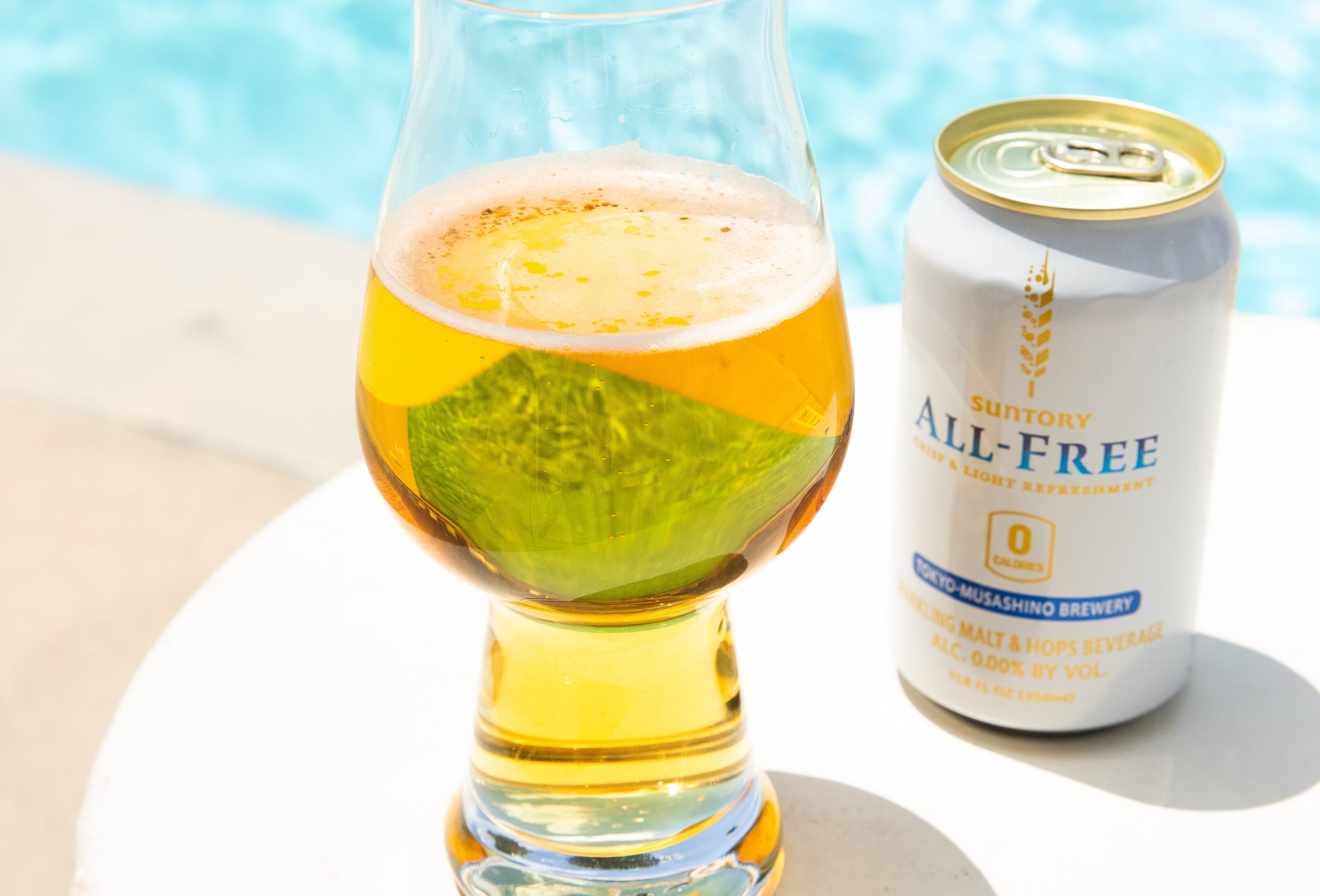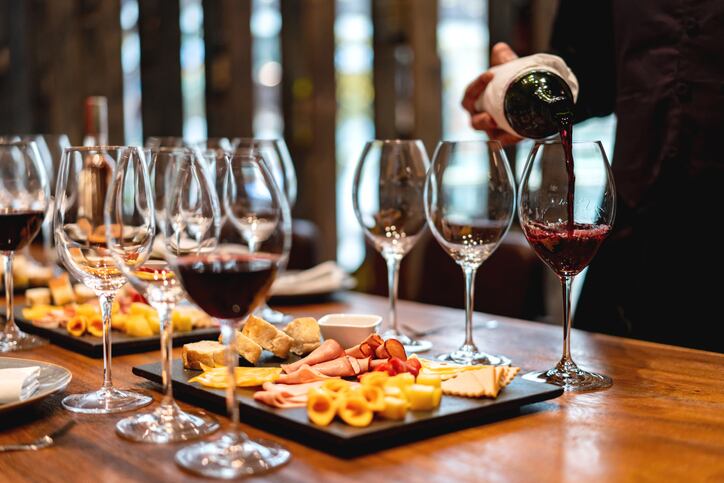Consumption of low and no drinks in the UK is being driven by ‘at-home’ occasions: according to a new survey from alcohol-free beer brand Lucky Saint and insights company, KAM.
Unlike the traditional alcohol beverage channel, many consumers are entering the no/low category through buying drinks in supermarkets. Around 54% of respondents said they'd go to the supermarket to discover new low and non-alcoholic drinks, compared to 24% who would head to a pub or bar (meanwhile, 23% would head to a restaurant and 20% would buy online).
"Supermarkets are the entry point to discovery of low and no brands for the majority of consumers, with more than twice as many saying that it’s their go-to source of discovery compared to pubs, bars, or restaurants."
Returning customers see moderating their consumption at home as a key way to help them cut back on overall alcohol consumption.
All this makes supermarkets an important sales channel for no and low drinks.
'If they can't see it, they can't buy it'
Accessibility in bars and pubs - with venues only able to stock a limited number of drinks and even fewer of those visible to consumers - is a well-known problem for the low/no drinks industry.
So it's good news that, when it comes to retail, more than half of consumers (58%) are happy with the choice and range of low and no alcohol drinks in their local supermarket (only 45% were content with the choice available in bars and pubs).
A significant chunk of consumers (8%), however, still consider the choice in supermarkets poor or very poor.
“Broadly we see that supermarkets are currently doing a good job at providing the depth and breadth of range that these customers demand," notes the report. "However, there is still room for improvement and it’s important that suppliers and operators don’t stand still. As the category grows, we will expect customer demand and expectations to grow too – so that a good range now is not a good range for long.
“Awareness is a critical element in driving trial amongst consumers for Low and No, especially when it comes to brands that focus on the category and are not an offshoot of an existing, well-known, alcohol brand.
"Although these results are encouraging, it should be a warning that 1 in 10 Millennials (a key customer market) find it difficult to find alcohol-free products when in store. Therefore, it remains critical for brands to understand customer behaviour and key touch points/triggers to influence the customer journey to purchase within supermarkets.”
One of the biggest questions for retailers, therefore, is where low/no alcohol drinks should sit in the supermarket – a tricky question given packed shelf-space and the category-blurring nature of low/no alcohol products.
Most consumers now want to find a dedicated low and no alcohol drinks section (around 65%), according to the survey – but that isn’t a clear-cut expectation.
Around 33% of consumers expect to find their low/no drinks in the alcoholic drinks section – a logical expectation given that they cover the same consumption occasion. And yet 12% of consumers would head to the soft drinks section – naturally placing non-alcoholic drinks in this category.
The answer, then, is to make life easy for as many shoppers as possible.
“Although we see the highest percentage for a alcohol-free drink to be located within its own dedicated section, the spread of results would suggest that both brands and operators would benefit from dual positioning across both traditional alcohol categories along with a dedicated space, in order to tap into the different occasions and missions in which shoppers will be looking for the category,” says the report.




